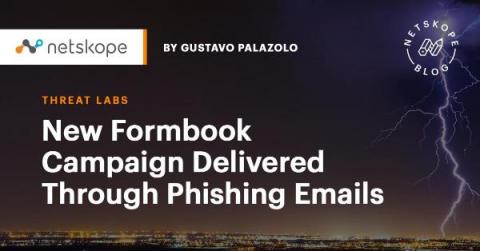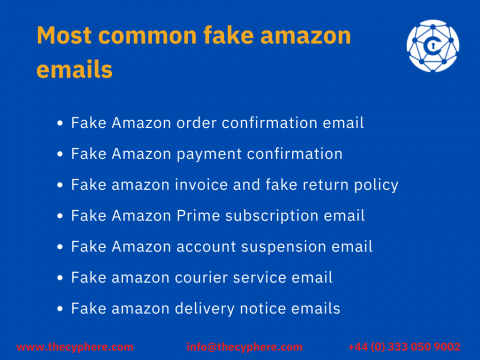The Attack of the Chameleon Phishing Page
Recently, we encountered an interesting phishing webpage that caught our interest because it acts like a chameleon by changing and blending its color based on its environment. In addition, the site adapts its background page and logo depending on user input to trick its victims into giving away their email credentials. We see an email with the “initial” URLs in the example below: Figure 1. The raw phishing email showing the URLs, purporting to be a fax message that needs to be accessed.











